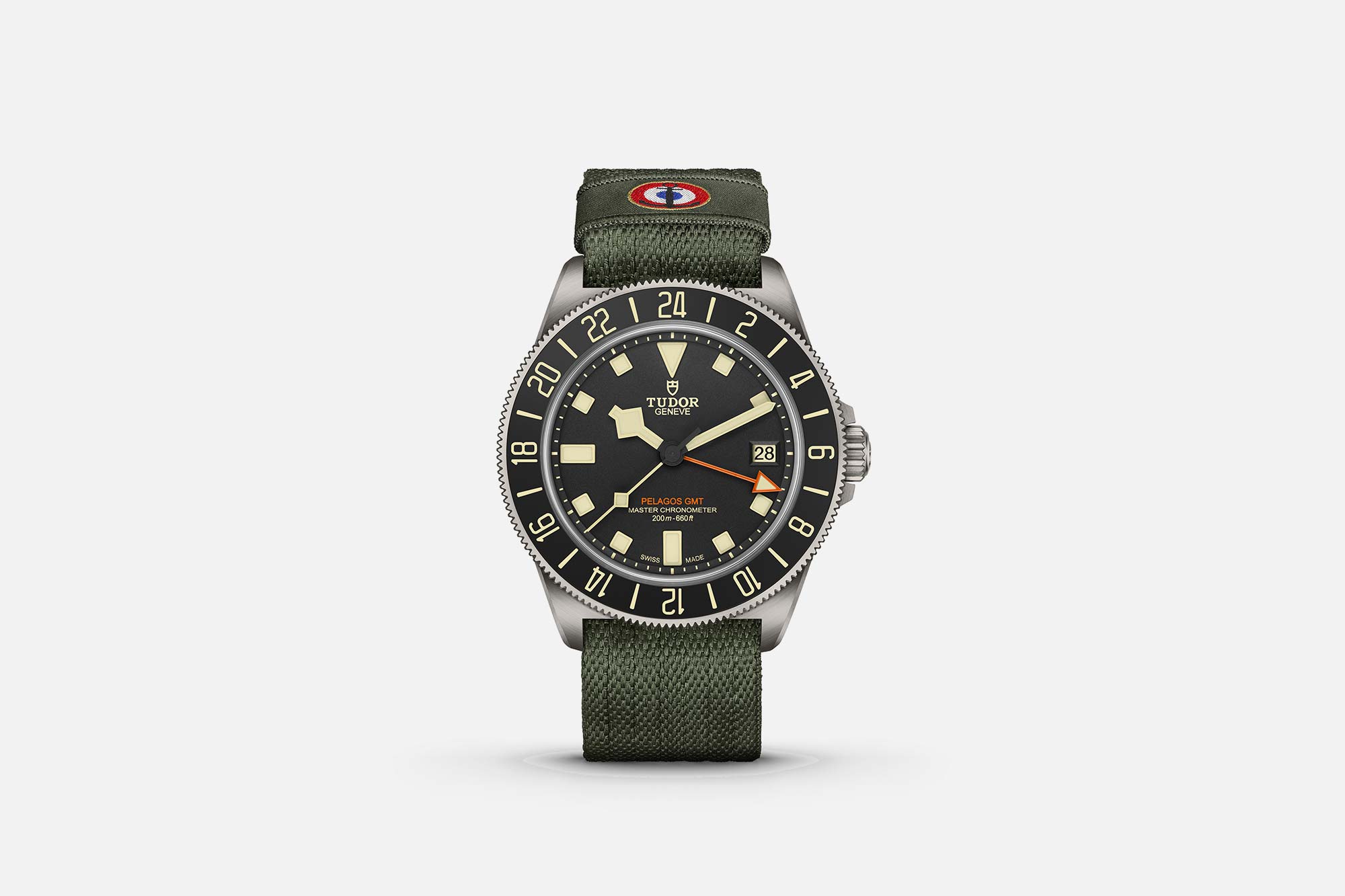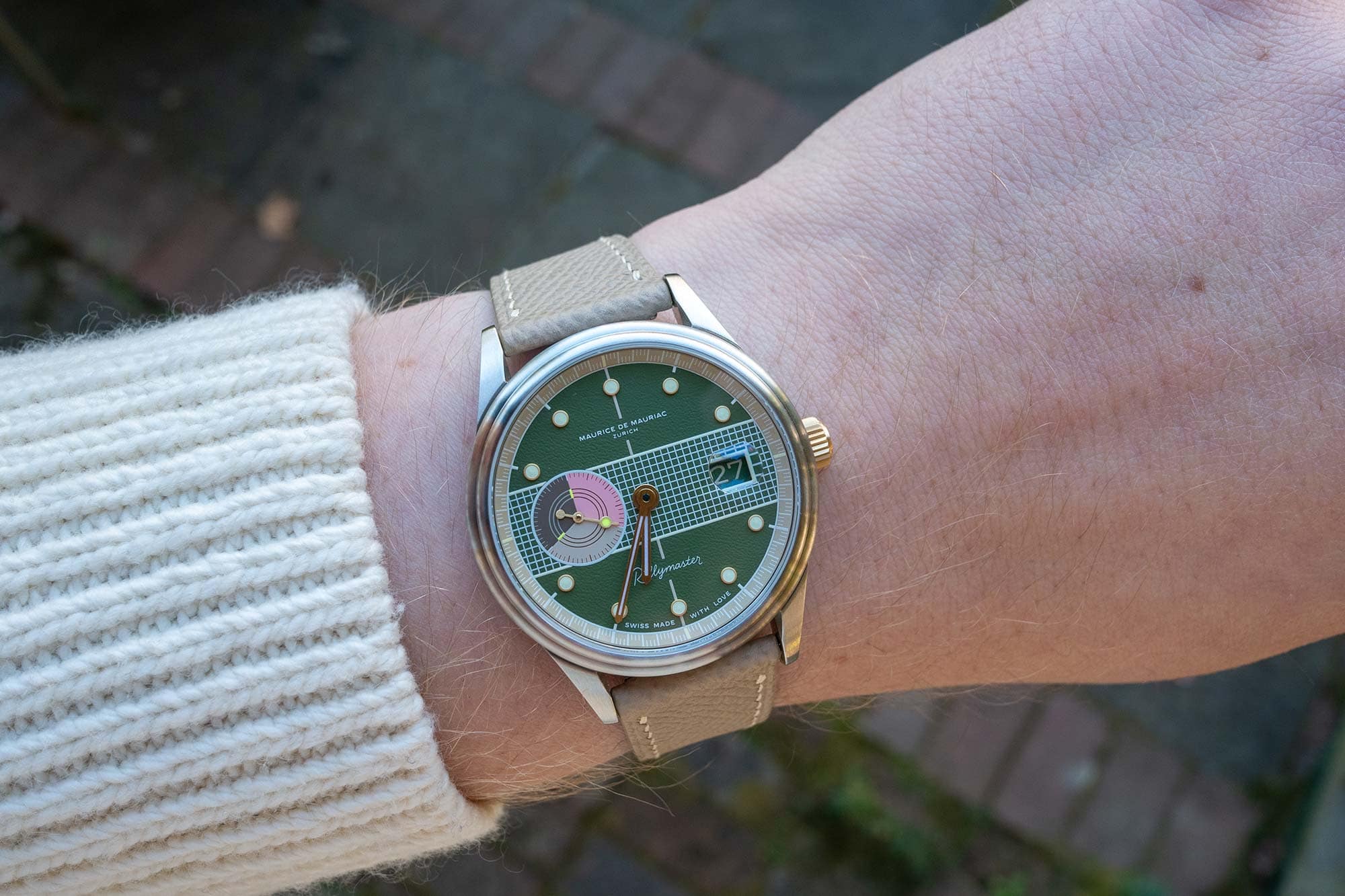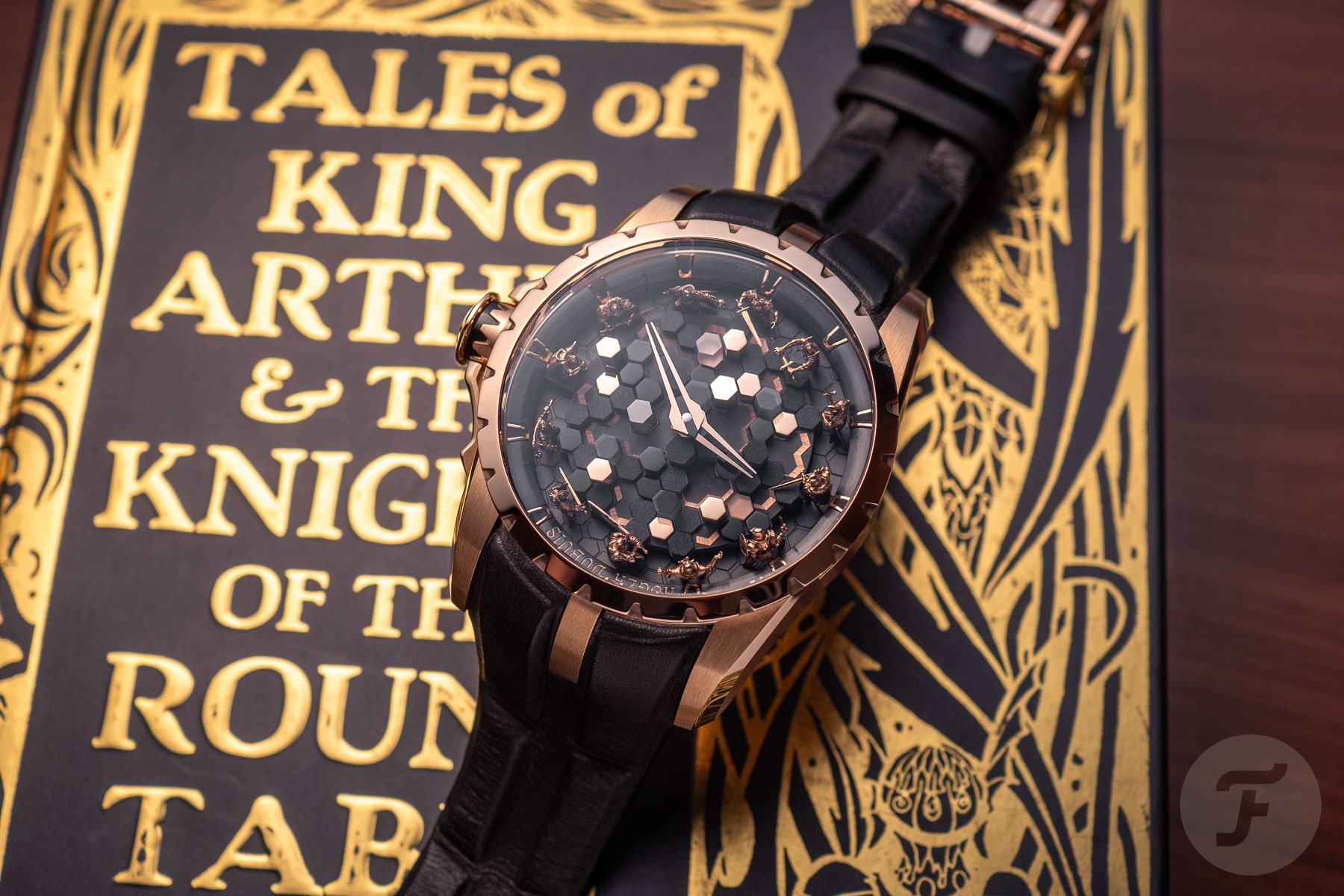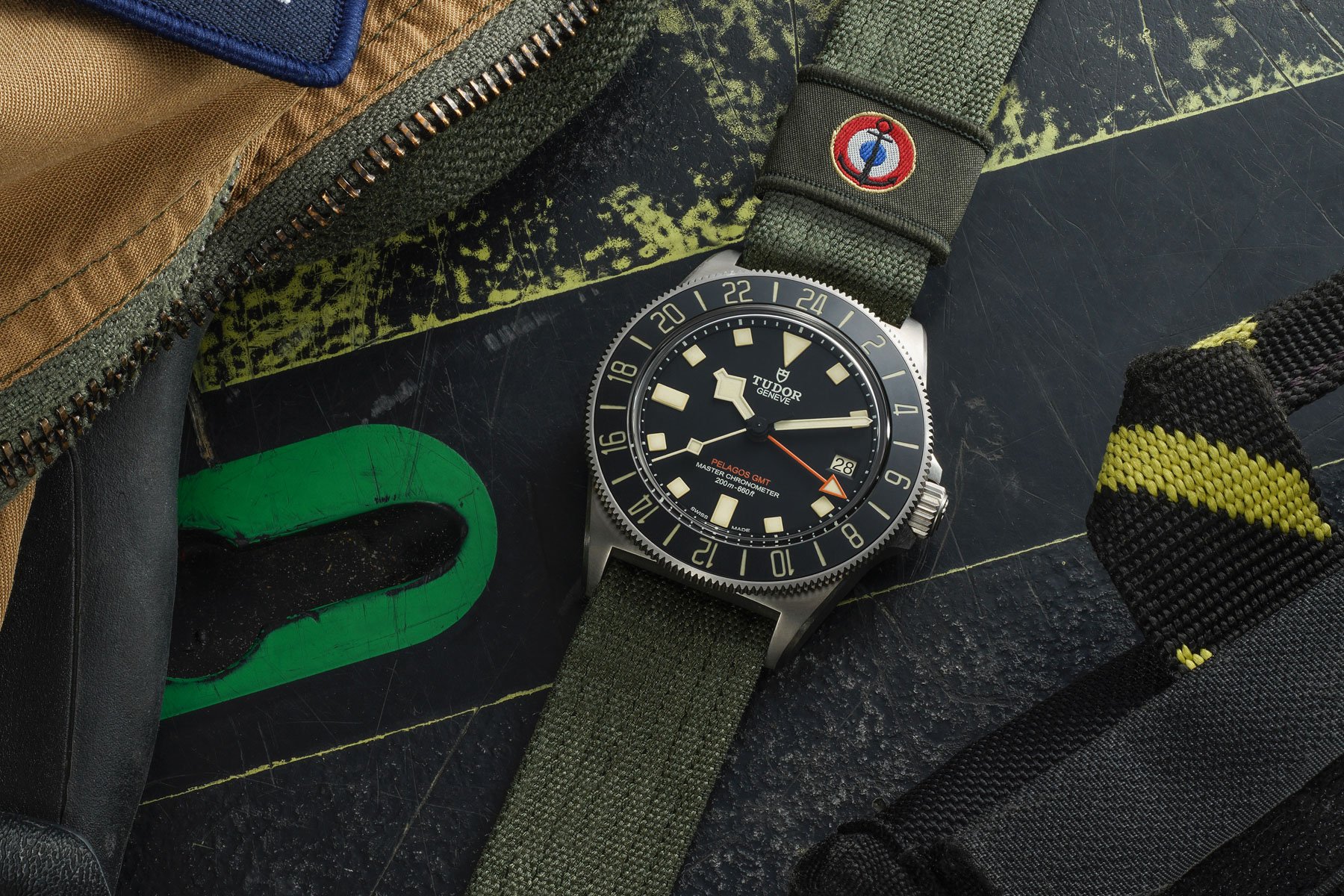Discovering 100 Years of Rolex Chronometers and Rolex Oyster Watches

A little over a century ago, in 1914, the Kew Observatory in Great Britain granted a ?Class A? chronometer certificate to a wristwatch for the very first time. This was a major achievement for the timepiece in question, a tiny Rolex watch, and it also marked the advent of the modern precision wristwatch.
In this article excerpted from Watch-Insider.com, I explore the full story behind this watch-world milestone, and trace the evolution of the Rolex “Oyster? watches that resulted from it, with photos of all the major Rolex Oyster models from 1926 through 2014.
Until July 15, 1914, the “Class A” certification, which attested to the highest chronometric precision, had generally been awarded only to large marine chronometers after extremely rigorous tests. Rolex was, in fact, the first to prove that a wristwatch could be just as precise as a marine chronometer ? a notion that was scarcely believable at the time. Rolex’s first success in this area had, in fact, already come in 1910, when it obtained a chronometer certificate for a small watch from the Official Watch Rating Center in Bienne, Switzerland (as seen below).
The first Rolex precision certificate, dated 1910
This proof of performance would contribute significantly to the rise of the wristwatch in popularity. On the strength of this achievement, Rolex would eventually become the world?s largest manufacturer of chronometer-certified wristwatches. The Geneva-based brand perfected the concept...
| -------------------------------- |
|
|
Introducing – The Bremont Terra Nova 40.5 Date Caramel Limited Edition
31-10-2024 04:00 - (
Luxury Watch )












